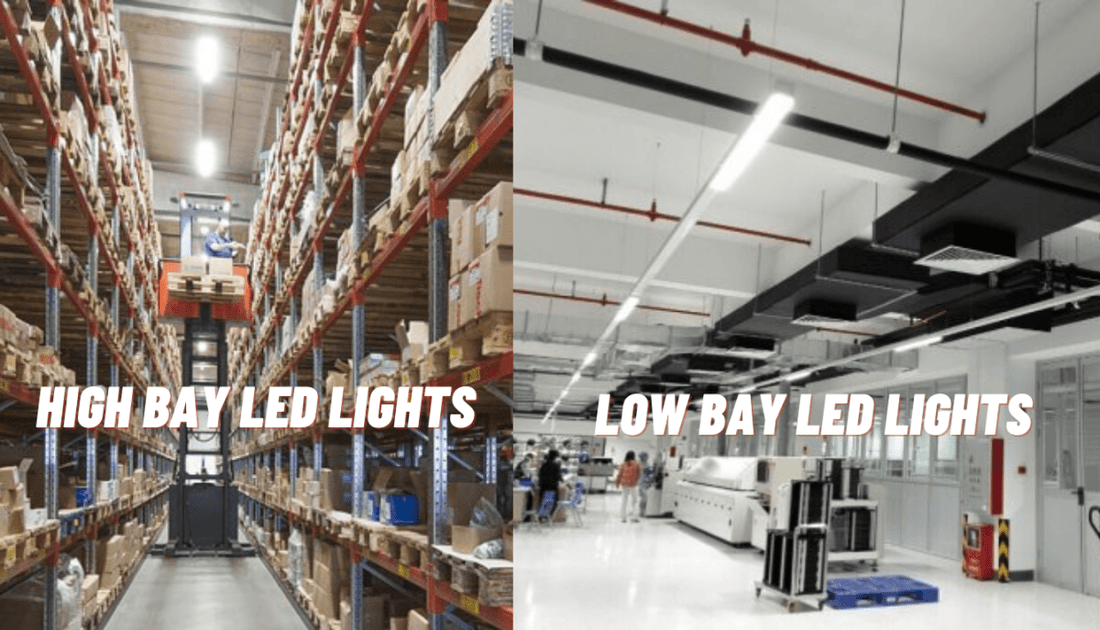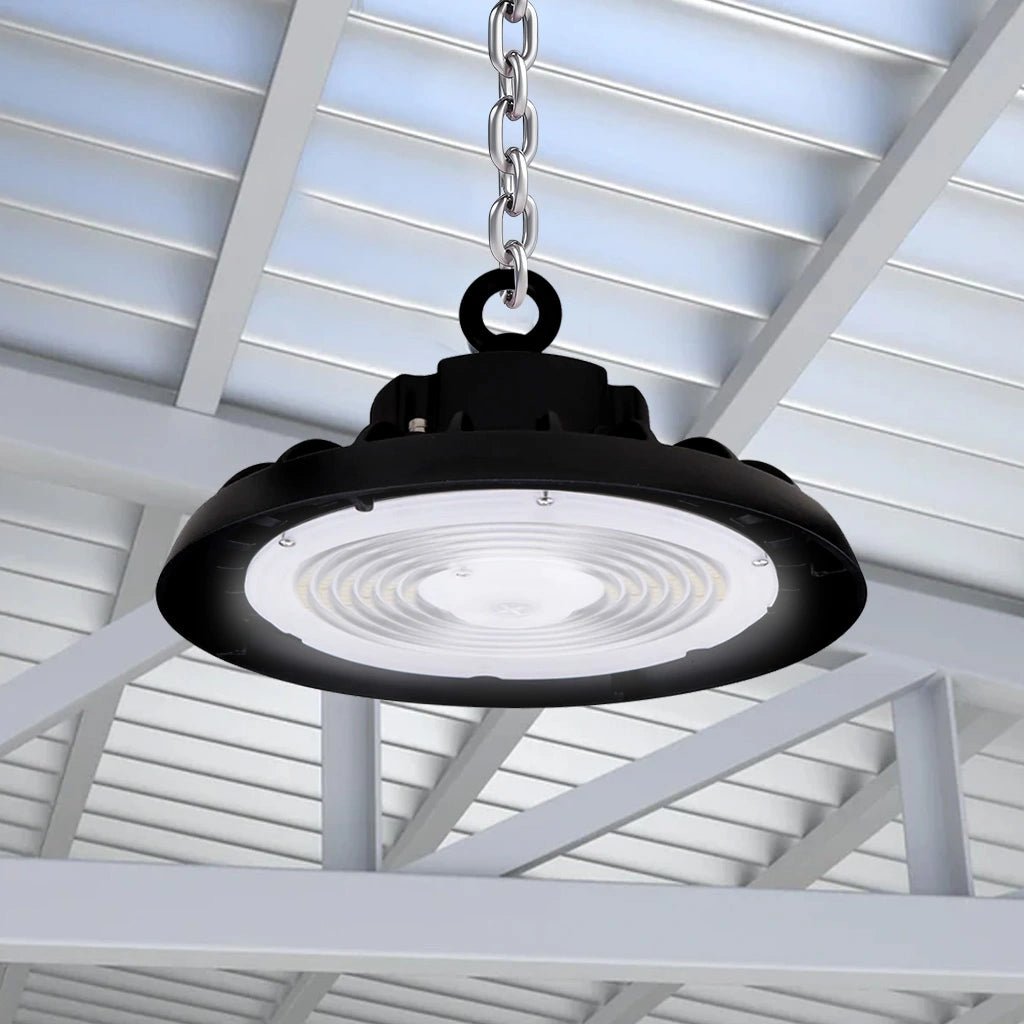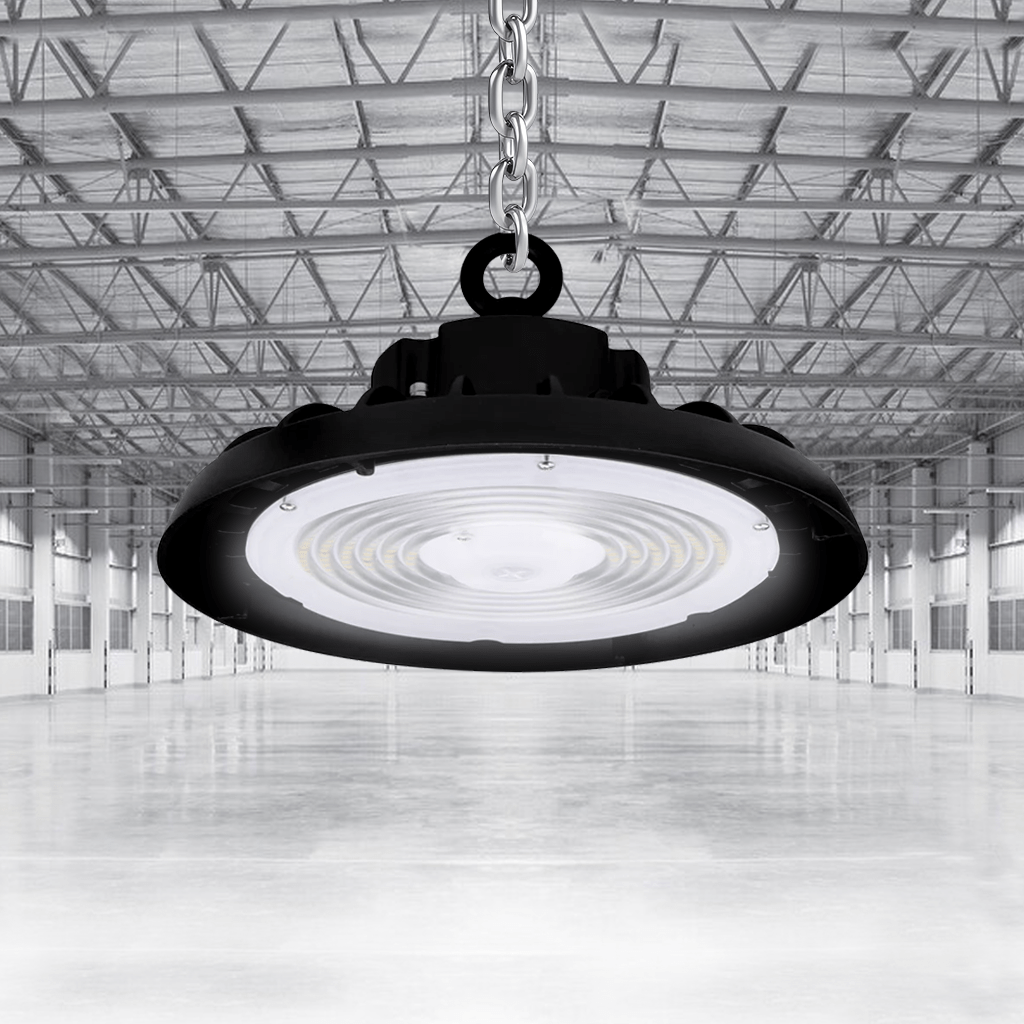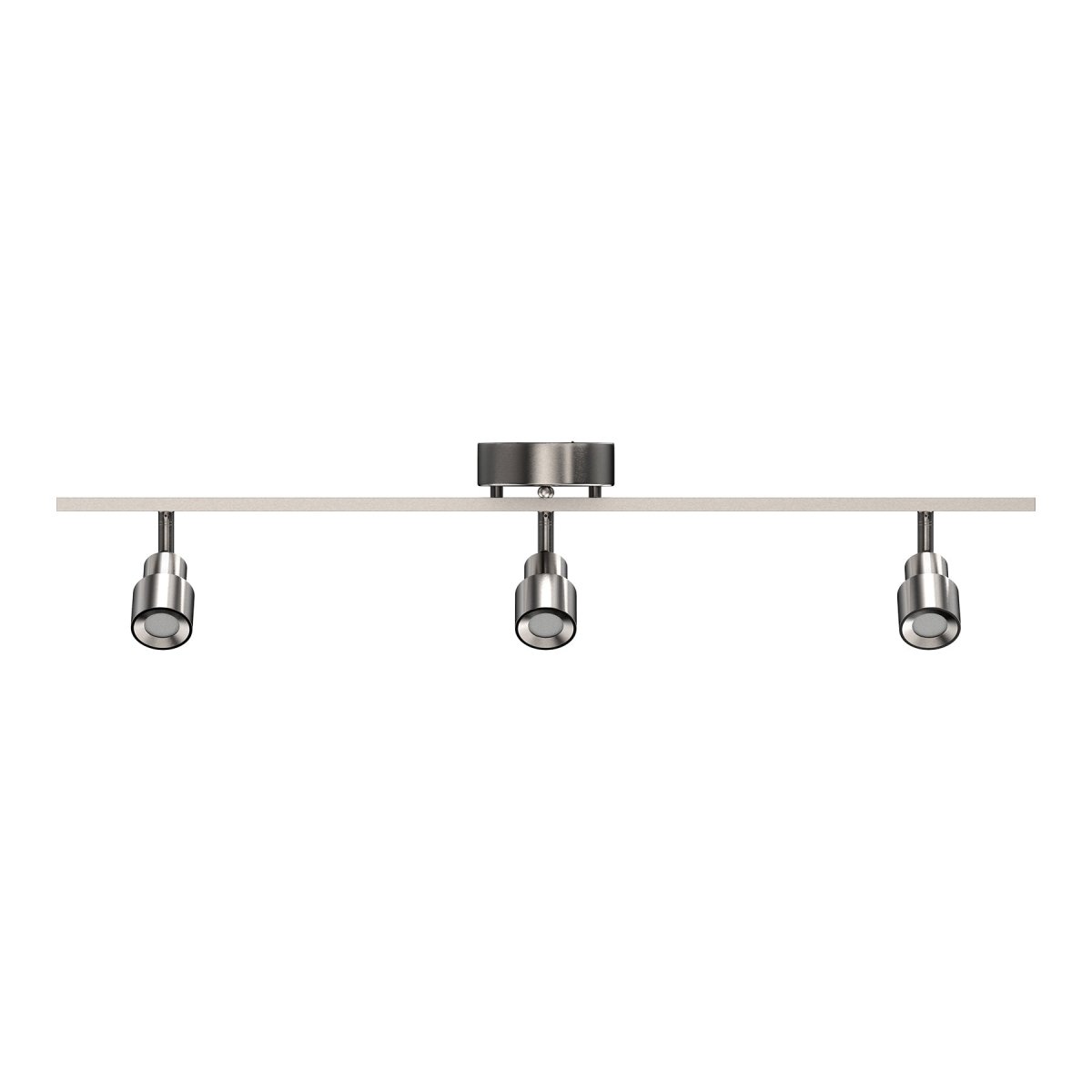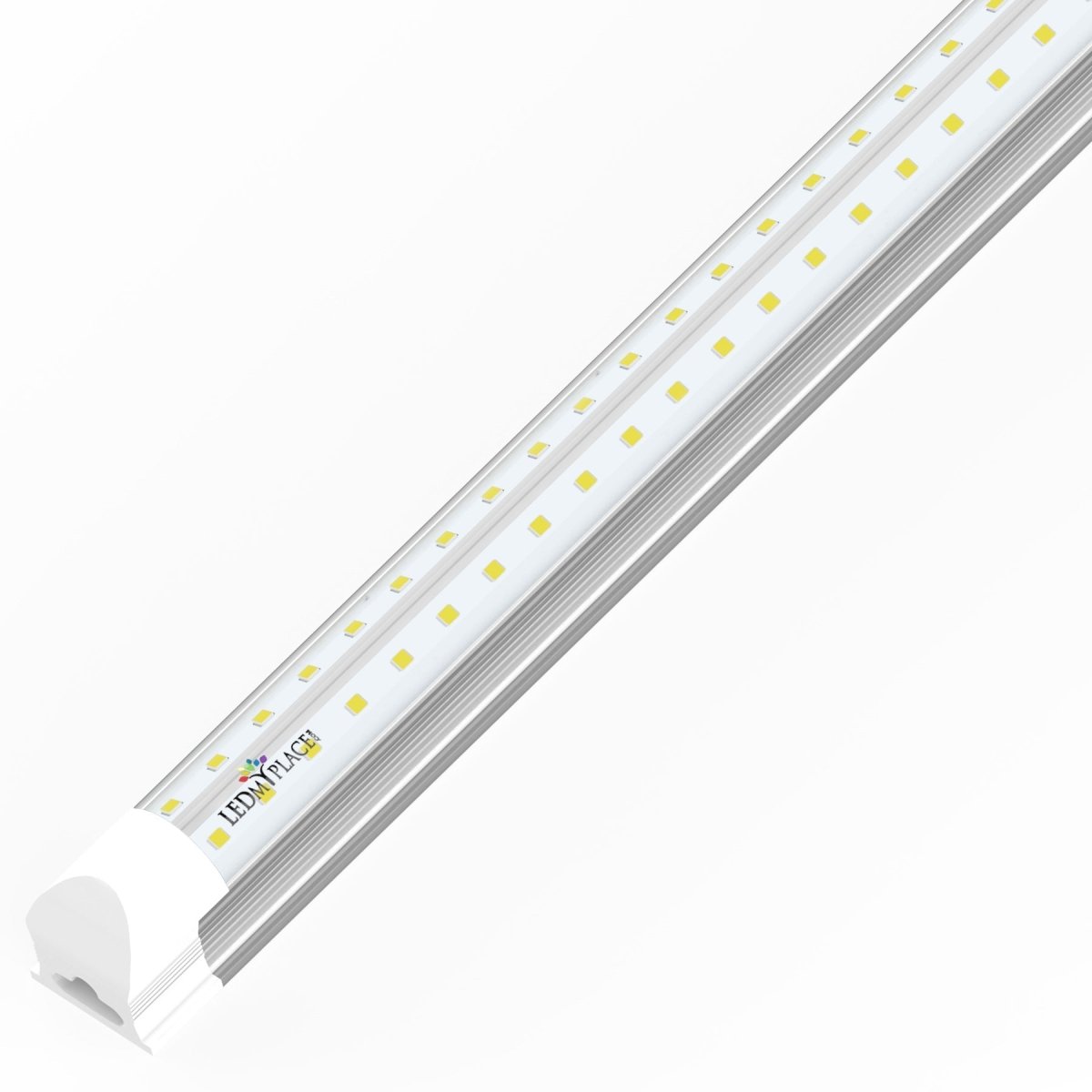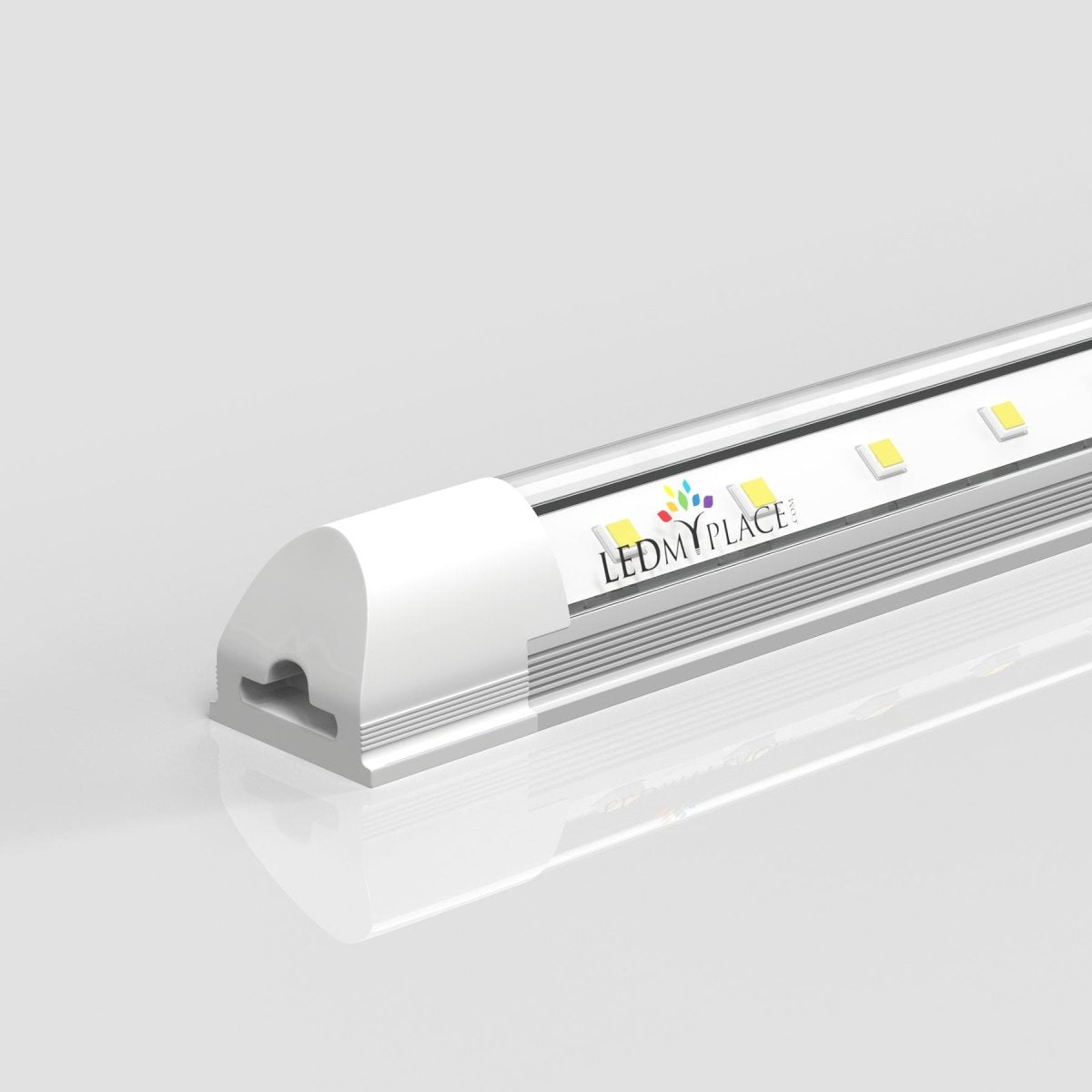Lighting plays a crucial role in any space, be it commercial or industrial. The use of LED lights has become more and more popular due to their energy efficiency, durability, and long lifespan. LED lights come in various types, including high bay and low bay. In this blog post, we will discuss the difference between high bay and low bay LED lights and where they are commonly used.
High Bay LED Lights
High bay LED lights are designed to provide lighting in large indoor spaces that have high ceilings. These lights are typically used in warehouses, manufacturing plants, gymnasiums, and other similar spaces. High bay LED lights emit a bright, focused light that can be directed to specific areas. They are typically mounted on high ceilings to provide maximum lighting coverage.
The main difference between high bay and low bay LED lights is the height at which they are mounted. High bay LED lights are mounted at heights of 20 feet or more, and they have a narrower beam angle. This is because they are designed to provide focused lighting in a specific area rather than wide coverage.
Low Bay LED Lights
Low bay LED lights are designed to provide lighting in indoor spaces that have low ceilings. These lights are typically used in retail stores, offices, and other similar spaces. Low bay LED lights emit a wide, diffuse light that can be directed to cover a larger area. They are typically mounted on ceilings that are between 12 and 20 feet high.
Low bay LED lights have a wider beam angle than high bay LED lights because they are designed to provide even lighting across a larger area. They are also available in various sizes and shapes, making them ideal for use in spaces with unique lighting requirements.
Which One to Choose?
Choosing between high bay and low bay LED lights depends on the specific needs of your space. If you have a large indoor space with high ceilings, you will need high bay LED lights to provide adequate lighting. On the other hand, if you have a smaller indoor space with low ceilings, you will need low bay LED lights to provide even lighting coverage.
In conclusion, both high bay and low bay LED lights offer numerous benefits over traditional lighting solutions. However, it is crucial to choose the right type of LED lights for your specific needs to ensure maximum energy efficiency and lighting performance. Consult with a lighting expert to determine the appropriate lighting solution for your space.
FAQs
A: LED lights offer several advantages over traditional lighting solutions, such as higher energy efficiency, longer lifespan, and reduced maintenance costs. LED lights also emit less heat, making them ideal for indoor use.
Q: Can high bay and low bay LED lights be dimmed?A: Yes, both high bay and low bay LED lights can be dimmed using a compatible dimmer switch. However, it is essential to ensure that the LED lights and dimmer switch are compatible to avoid flickering or other issues.
Q: Can high bay and low bay LED lights be used outdoors?A: While LED lights are suitable for outdoor use, high bay and low bay LED lights are designed for indoor use only. Outdoor LED lights must be rated for outdoor use and should be protected from the elements to ensure maximum performance.
Q: How do I determine the appropriate wattage for my high bay or low bay LED lights?A: The appropriate wattage for your high bay or low bay LED lights depends on the size of your space, the height of your ceiling, and the desired lighting level. A lighting expert can help you determine the appropriate wattage for your specific needs.
Q: Are high bay and low bay LED lights more expensive than traditional lighting solutions?A: While the initial cost of LED lights may be higher than traditional lighting solutions, they offer long-term cost savings due to their energy efficiency and longer lifespan. Over time, LED lights can save you money on energy bills and maintenance costs.















































































